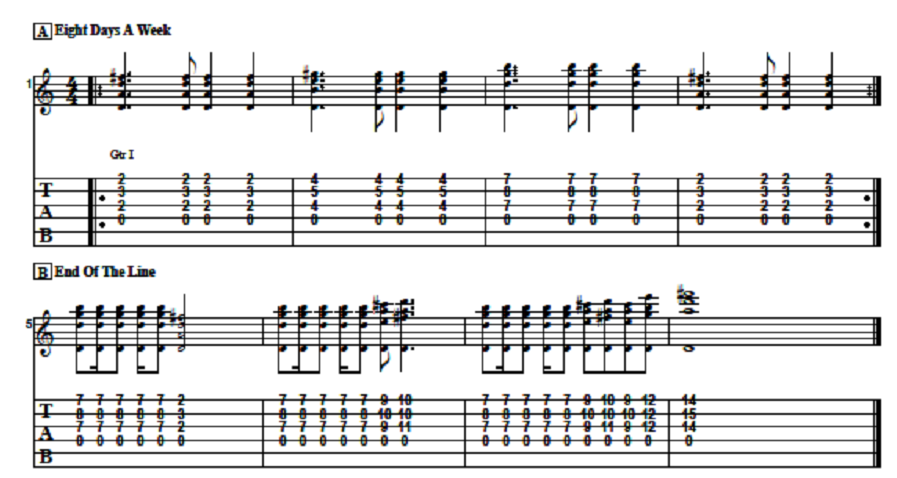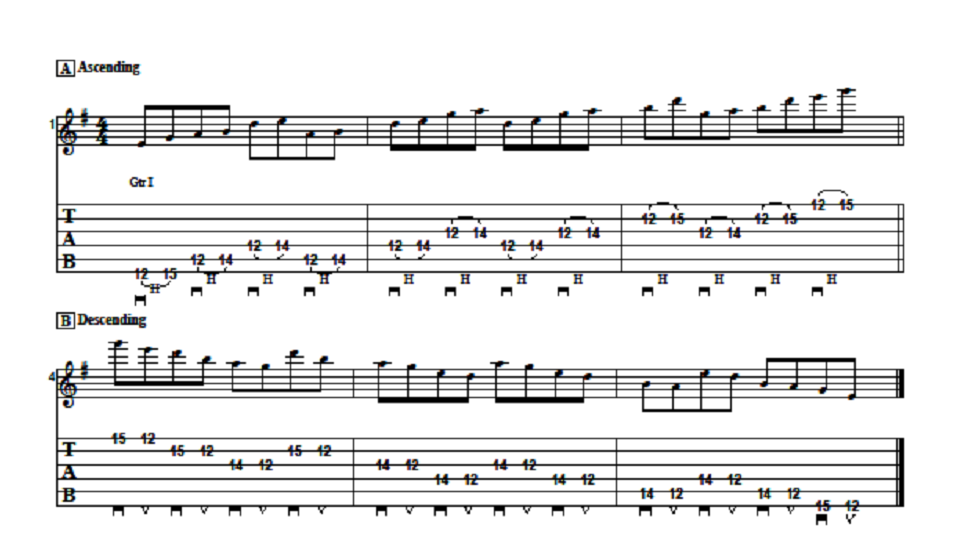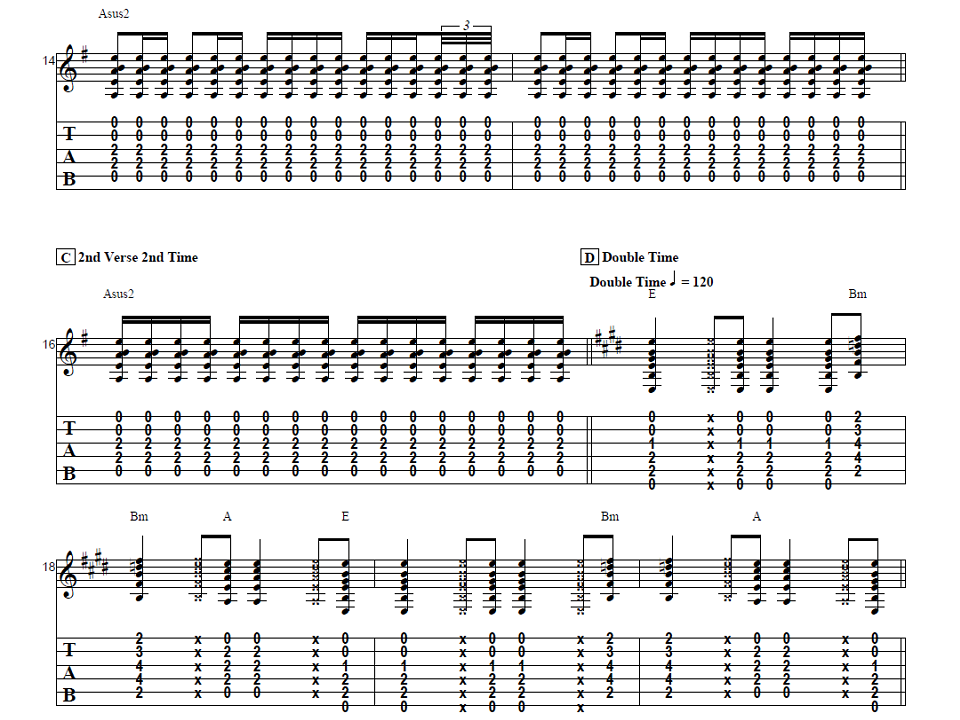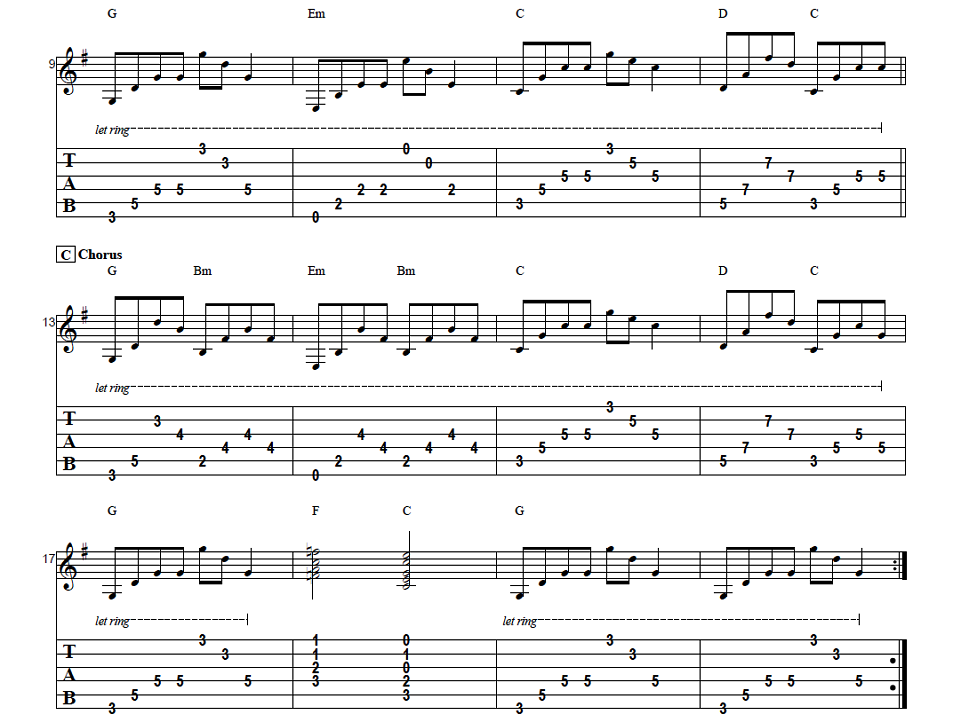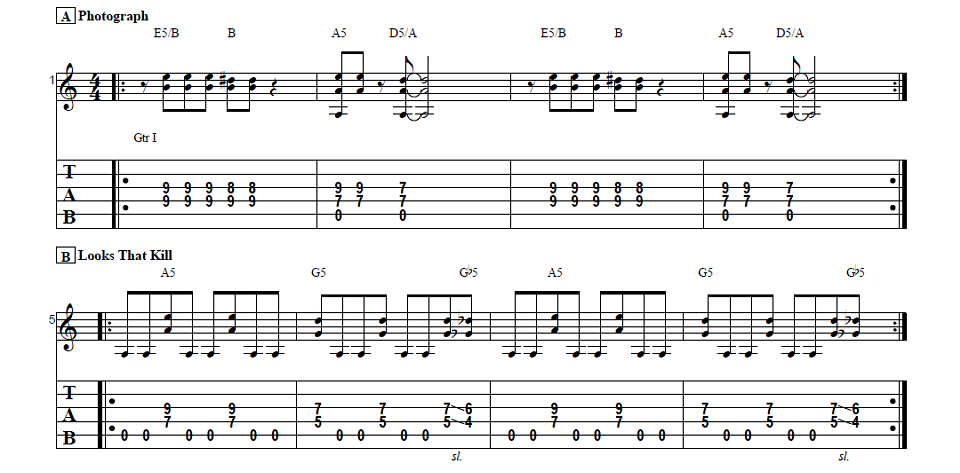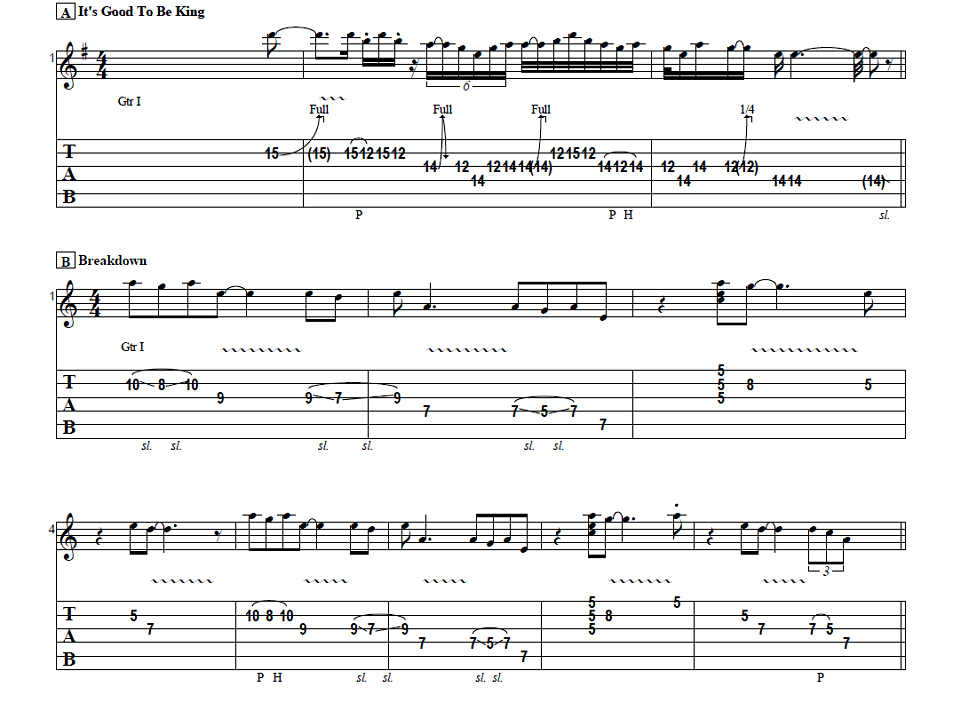Easily Jazzify Your Guitar Chords Now with this free lesson from Guitar Control instructor Darrin Goodman on building a jazz chord progression. Be sure to get the tabs so you can easily follow along with this free lesson from Guitar Control.

Overview
Hey everybody how’s it going? This is Darrin with GuitarControl.com bringing you this video lesson. Today I want to show you how you can take a really common chord progression and you can Easily Jazzify Guitar Chords it a little bit. So be sure to click on the link in the description for the tab so you can follow along and Easily Jazzify Your Guitar Chords Now. Let’s get close up and take a look at what we got going on here.
Jazzify Your Guitar Chords
So in a lesson that I did the other day on the one four five chord progression and it we went over about how you determine you know what the chords are based off of the degrees of the scale and I did a another lesson where actually we went over all of that with where those chords are based off of the degrees of the scale. So we’re going to be using that so if you want to see that video so you can kind of have a better understanding then I’ll just you know put the link for that right here.
All right so we’re Easily Jazzify Guitar Chords in the key of G major. So the chords in the key of G major we have G major, A minor, B minor, C major, D major, E minor, G sharp diminished and then back to G major. So what we’re going to do is a 1 6 2 5 chord progression, meaning that the first chord will be based off of the first note of the scale, which is G, and then the next chord will be based off the sixth chord which is E and the next chord will be the second chord which is A and then the fourth would be based off of the D. So if we were just going to do this just with a regular three note chord, like major and minor chords, we would have G major, E minor, A minor and D major. So you may already recognize that, it’s a really common chord progression that’s really reminiscent of the 50s rock and popular music from that time, but you can also instead of just doing three note chords you can do four note chords, so you a G major seven is your first chord. So what we’re going to do here is we’re actually going to do a couple of ninth chords. So a ninth chord is a seventh chord, but it also has the ninth degree of the scale added onto the top of it, so these; major seventh, minor seventh, dominant seventh, ninth chords and these are all really common ones in jazz. So if we take this chord progression and we do our first chord we do G major seven. So I’m fretting the third fret of the low E with my first finger and I’m just letting that finger kind of droop so I’m picking up the third fret there, but where our A string is muted and all of the rest of our strings are muted and then we’re going to put our second finger onto the third fret of the second string and our third finger on to the fourth fret of the D string and our fourth finger on the fourth fret of the G string. So when we strum sounds like this, but we’re getting the low E, A is muted and then the D and the G strings and the B string and the high E is also muted. So that’s G major seven and then we’re going to come up and we’re going to do this E9. So what we’ve got here is we’re on the seventh fret of the A string with my second finger and the sixth fret of the D string with my first finger, seventh fret of the G string with my third finger and the seventh fret of the B string with my fourth finger. So that’s E9. And then we’re going to do A minor seven. So there’s a couple of ways that we can do this A minor seven chord. We do it like this, but to really kind of give it the jazz sound we want it to be like this. So what I’m doing here is I’m actually just fretting the fifth fret of the low E, the D, the G and the B strings and the A and the E high are both muted.
So there’s a couple of ways that you can actually do it this way. The way I like to do it is I use my first finger on the low E, my second finger on the D, my third on the G and my fourth on the B string so they’re just all jammed together like this into one fret. Some people will do it like this where they’ll barre with their third finger across the D, G and B strings and then use their second finger to pick up the low E and that will in turn will mute the high E and the A strings. So whichever way is more comfortable, I’ve always done it this way and it’s just that I have a muscle memory for it, so I’m just going to stick with that. Then we’re going to go to our five chord, which is rooted off of D, and we’re gonna do D9, so it’s the same shape that we did up here for E9, we’re just gonna do it a whole step flat so your second finger will be on the fifth fret and your second third and fourth fingers will be on the fifth fret and your first finger will be on the fourth. So now we get this, it’s got kind of more of a jazz sound to it than a rock or pop sound like we had with the other, just with the three note chords with the major and minor chords.
So you can take this idea to Easily Jazzify Your Guitar Chords with other chord progressions and just do the same thing; substitute out the major and minors for some more exotic chords. So like I said that video where I go over the chord scales basically you know all of the chords that are in the scale, they’re rooted off of these out of the major scale, and then you know what all these chords are. So like I said this is a 1 6 2 5 chord progression. So if we take the G major scale we start here on the third fret of the low E, which is G, there’s all your root notes right there. So your one chord is on the third fret your, two chord is on the fifth fret, your three chord is on the seventh fret on the low E and then we go up to the A string. Your four chord is on the third fret, your five chord is on the fifth fret, your sixth chord is on the seventh fret and then your seven chord. If we’re just playing the scale we end up here on the fourth fret of the D string, but you could also just for the sake of being able to do the barre chord shapes, you know rooted off the sixth and the fifth strings, we can move up here to the ninth fret; so again G major seven, E nine, A minor 7 and D9 and Easily Jazzify Your Guitar Chords Now.
Conclusion
All right, so I hope you enjoyed Easily Jazzify Your Guitar Chords Now and you got something out of that. If you like the lesson be sure to give me a thumbs up. Leave a comment down below if there’s something you’d like to see covered, either by myself or one of the other instructors at GuitarControl.com in a future lesson.
Alright that is all I’ve got for you today. Thanks for watching and have a great day.

